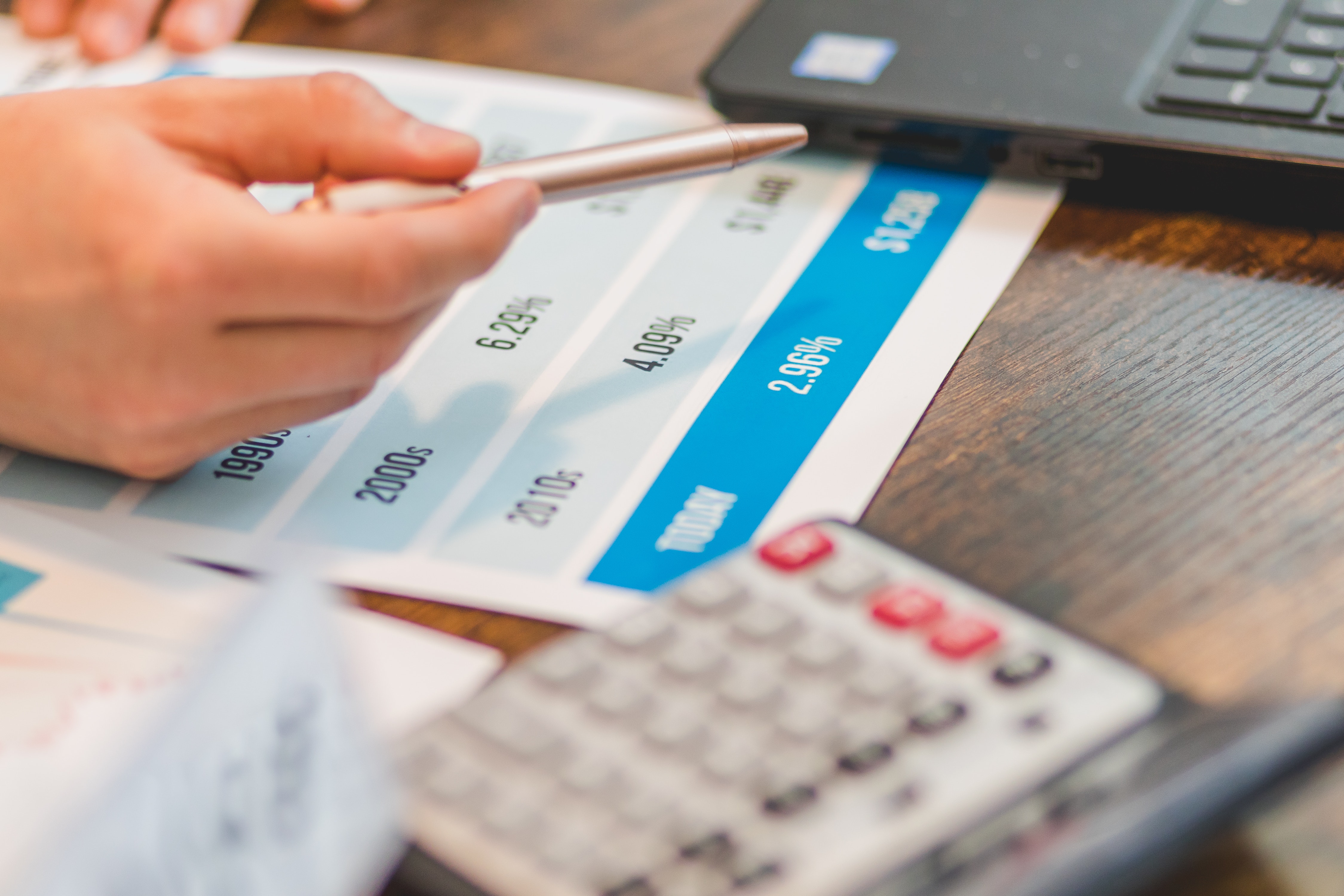Impact Of High Interest Rates In The US From The Government Perspective

Author: Gerardine Lucero Oct. 19, 2023
Introduction
In the wake of the ongoing global economic recovery, countries worldwide have had to grapple with significant fiscal and economic challenges. Specific to the United States, one such economic challenge currently under scrutiny is the impact of high interest rates on the economy from the government's perspective. Of particular concern is how it affects federal spending, the federal budget, and the servicing of national debt.
The Federal Reserve, the central banking system of the country, sets the interest rates. These rates influence borrowing costs of the government, consumers, and businesses while; directly impacting the federal budget, deficit, and debt.
Higher Interest
Costs Interest on the national debt has been projected to be the fastest-growing part of the federal budget. The Federal Reserve's decision to hike interest rates, such as the recent increase in the target for the federal funds rate, has a direct impact on the federal government's borrowing costs. The average expected spending on interest payments by the federal government is about $545 billion per year between Fiscal Years (FY) 2022 and 2031 under current interest rates.
However, if interest rates rise faster than projected, these costs would be even higher. A 0.5 percentage point increase in interest rates above the projected rates would elevate interest costs by an average of $94 billion per year, totaling $6.4 trillion through FY 2031.
Impact on Deficits and Debt
A rise in interest costs would lead to an escalation in budget deficits and the national debt level. Under current law, the projected budget deficits are expected to sum up to $12.7 trillion over FY 2022 and FY 2031. A 0.5percentage point increase in interest rates would result in $1.0 trillion larger deficits. With rates increasing by 1 or 2 percentage points, deficits would escalate up to $2.1 trillion or $4.2 trillion, respectively.
Moreover, high interest costs would speedily eat into the budget, subtracting from other important federal spending priorities and increasing the national debt. This crowding out of funds could limit the government's ability to funnel resources into areas such as healthcare, infrastructure, and education.
Impact on Federal Spending and Public Investments
The projected rapid growth of interest payments presents a significant fiscal challenge by crowding out funds for public investments that drive future economic growth. Between FY 2022 and FY 2031, interest payments are projected to reach around $71 trillion and consume 35 percent of all federal revenues by 2053, affecting public investments crucial to economic growth.
By 2053, interest costs would be three times the historical spending on research and development (R&D), nondefense infrastructure, and education combined. As such, the rise in interest costs could threaten these sectors by diverting funds for servicing national debt.
Conclusion
The US faces significant long-term fiscal challenges due to high interest rates. Substantial borrowing, which was necessary to address the COVID-19 pandemic, has led to a structural imbalance between spending and revenues. This imbalance, coupled with rising interest rates, threatens future borrowing costs. Therefore, it is vital for policymakers to take decisive actions such as implementing entitlement reforms, cutting down unnecessary spending, and increasing tax revenue to address the growing national debt and ensure economic stability.
References
https://www.crfb.org/blogs/how-wouldhigher-interest-rates-affect-interest-payments"
https://www.pgpf.org/analysis/2023/07/ higher-interest-rates-will-raise-interest-costs-on-the-national-debt
https://www.pgpf.org/blog/2019/05/ higher-national-debt-means-higher-interest-rates-for-the-federalgovernment"
Gyrostat Capital Management: The Hidden Architecture Of Consequences
When Structures Themselves Become A Risk In portfolio construction, risk is rarely where we look for it.... Read more
Gyrostat November Outlook: The Rising Cost Of Doing Nothing
Through the second half of 2025, markets have delivered a curious mix of surface tranquillity and instabi... Read more
Gyrostat Capital Management: Blending Managers - From Style Diversification To Scenario Diversification
The Limits of Traditional Diversification For decades, portfolio construction has ... Read more
Gyrostat October Outlook: Beneath The Calm, The Cost Of Protection Rises
Even as global equity indices remain near record highs, the pricing of risk is shifting quietly ben... Read more
Gyrostat Capital Management: Solving The Nastiest Problem In Finance
Retirement Income and Sequencing Risk Executive Summary ... Read more

